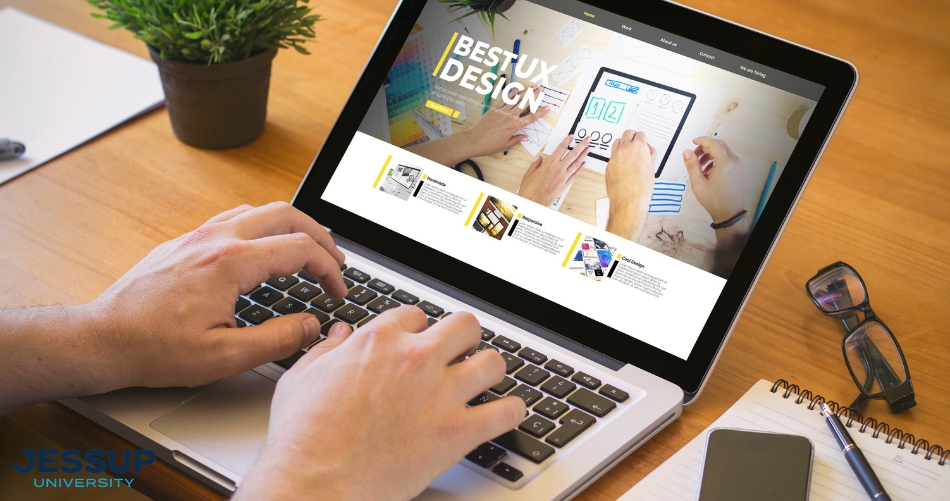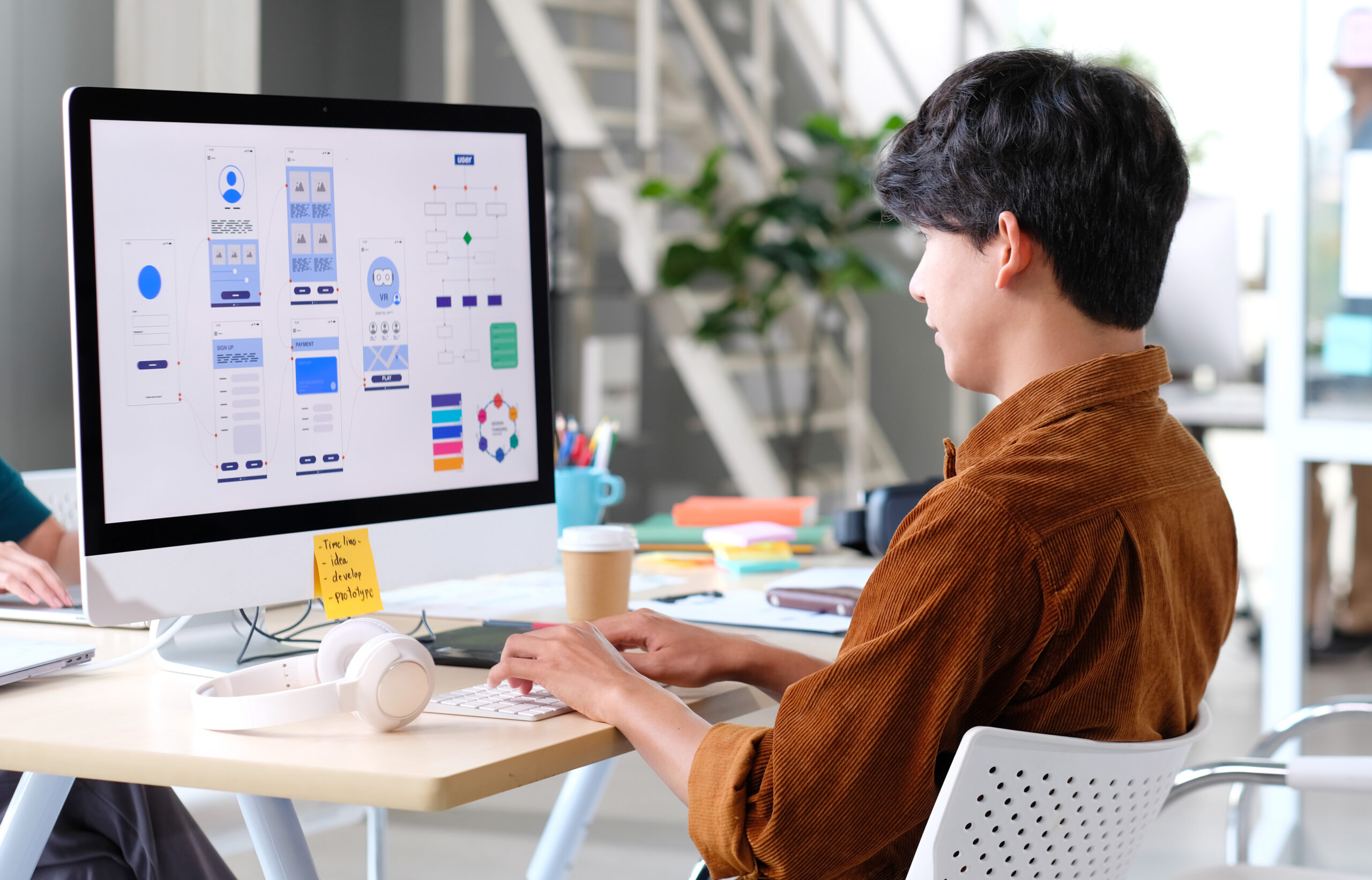Affordable Aligned Position Web Design: Top-Notch Web Design Services at Competitive Prices
Affordable Aligned Position Web Design: Top-Notch Web Design Services at Competitive Prices
Blog Article
The Very Best Kinds Of Web Layout to Improve Customer Experience and Interaction
In the ever-evolving landscape of digital interaction, the efficiency of Web style dramatically affects user experience and engagement. Numerous layout approaches, such as minimalist, receptive, and interactive designs, each deal special advantages that can cater to varied customer demands.
Minimal Website Design
As digital landscapes come to be significantly chaotic, minimal website design has become a powerful approach to enhancing individual experience. This layout approach prioritizes simplicity, focusing on vital aspects while eliminating unneeded interruptions. By making use of enough white room, uncomplicated navigating, and a minimal shade combination, minimalist layout cultivates quality and routes individual attention to vital web content.
The core principle of minimal website design is to create a smooth interaction for users. By reducing cognitive lots, customers can quickly grasp details without feeling bewildered. This straight strategy not only boosts functionality yet likewise encourages involvement, as visitors are more probable to check out a site that is easy and aesthetically attractive to browse.
Furthermore, minimal layout often highlights typography and images, making use of these elements tactically to communicate messages properly. In essence, minimalist Web style is not simply a fad; it is a thoughtful methodology that recognizes the value of user-centered layout.
Receptive Website Design
In today's diverse digital setting, responsive Web design has ended up being crucial for developing a seamless user experience across a wide range of gadgets. As individuals gain access to internet sites on smart devices, laptops, desktops, and tablets, the capacity of a web site to adapt its format and material to different screen dimensions and resolutions is important.
Receptive website design utilizes flexible grids, images, and CSS media questions to guarantee that Web content is presented ideally, despite the gadget utilized. This technique not only enhances the aesthetic allure of an internet site yet likewise dramatically improves use. Customers are more probable to involve with a website that uses a constant experience, as it eliminates the disappointment of having to focus or scroll excessively.
In addition, search engines, consisting of Google, prioritize mobile-friendly websites in search positions. By taking on responsive design, organizations can enhance their visibility and get to a more comprehensive audience. This strategy additionally simplifies internet site maintenance, as a single variation of the site can provide to all gadgets, reducing the requirement for multiple variations. In summary, responsive website design is a basic technique that enhances user experience, interaction, and overall satisfaction.
Interactive Web Design
Responsive Web style prepares for enhancing user experience, yet interactive website design takes this a step additionally by involving users in a much more vibrant way - Aligned Position Web Design. By integrating components such as animations, clickable prototypes, and real-time comments, interactive website design astounds individuals, attracting them right into a richer browsing experience
This approach not just promotes engagement however also urges individuals to discover material proactively rather than passively eating it. Methods such as gamification, where customers earn rewards for completing tasks, can dramatically boost the moment invested in a website and boost total complete satisfaction. Moreover, interactive attributes can streamline complex info, making it a lot more delightful and digestible.

Incorporating interactive style aspects can also result in greater conversion rates, as individuals are extra likely to involve with a site that actively entails them. Aligned Position Web Design. Ultimately, interactive website design changes customer experiences into unforgettable trips, guaranteeing that site visitors return time after time
Flat Style
Defined by its minimalistic technique, level layout stresses simplicity and functionality, removing unnecessary aspects and concentrating on necessary attributes. This layout ideology focuses on use, making certain that customers can browse user interfaces with ease and performance. By employing a tidy visual, flat style removes the clutter often discovered in a lot more elaborate designs, thereby boosting individual focus on web content and performance.
The hallmark of flat design exists in its use vibrant shades, straightforward typography, and geometric forms. These components contribute to a visually attractive interface that is both approachable and modern. Additionally, level design fosters a feeling of clearness, allowing customers to recognize necessary activities and info without diversion.
In addition, level style is specifically effective in responsive Web layout, as its simplicity equates well across different Check Out Your URL tools and display sizes. By focusing on crucial features, flat style not just fulfills user requirements however additionally motivates seamless communication, making it an essential component of efficient Web style approaches.
Adaptive Website Design
Flexible Web layout tailors the user experience by creating several taken care of formats customized to various display dimensions and tools. Unlike responsive design, which fluidly adjusts a single layout, adaptive design employs unique designs for certain breakpoints, ensuring optimum discussion on numerous systems. This strategy allows designers to concentrate on the unique characteristics of each device, enhancing usability by delivering specifically what customers require based upon their context.
One of the main benefits of adaptive Web design is its ability to optimize lots times and efficiency. By offering tailored content and images that fit the customer's tool, web sites can reduce information usage and improve loading best site rates. This is specifically beneficial for customers with slower connections or restricted information strategies.

In addition, adaptive design promotes a more controlled and consistent branding experience. Considering that designers produce several layouts, they can ensure that the aesthetic components align with the brand's identification throughout different platforms - Aligned Position Web Design. This leads to a cohesive user experience, enhancing engagement and advertising individual retention
Verdict
Minimalist design promotes clearness and emphasis, while responsive design guarantees flexibility throughout different gadgets, advertising ease of access. Collectively, these design comes close to contribute to the development of straightforward settings that not just boost satisfaction however additionally drive higher conversion prices, highlighting their essential relevance in contemporary Web layout approaches.

Minimal layout cultivates clarity and focus, while responsive design guarantees versatility throughout different tools, advertising accessibility. Collectively, these design approaches contribute to the creation of user-friendly environments that not only improve complete satisfaction however likewise drive greater conversion rates, highlighting their important importance in modern Web layout approaches.
Report this page